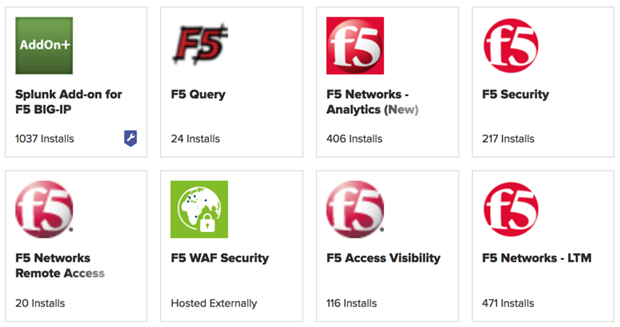I recently had a customer request to I see what Icould do about getting their Wonderware industrial control data (SCADA) into Splunk. Their motivation was simple: help us focus on what’s important. They were generating tens-of-gigabytes of data per day – much of which was noise – and the built-in Wonderware reporting tools were… sub-optimal. It didn’t take too long and they were extremely pleased with the results!
Ingesting Wonderware Data
Unfortunately, unlike many Industrial Control Systems, Wonderware has no built-in Splunk support (or even a supported plug-in of some sort). While it does write it’s logs to a file, the data is in a proprietary binary format! Fortunately, Andrew Robinson created an open-source C# solution – aaLogReader – for reading those binary files – and he even includes some examples of how to forward the data into Splunk!
**Aside: To make things easier for others I packaged it up into an App on Splunkbase. The App has everything you need to ingest and visualize Wonderware data – including a pre-compiled .NET executable and example inputs.conf file.

